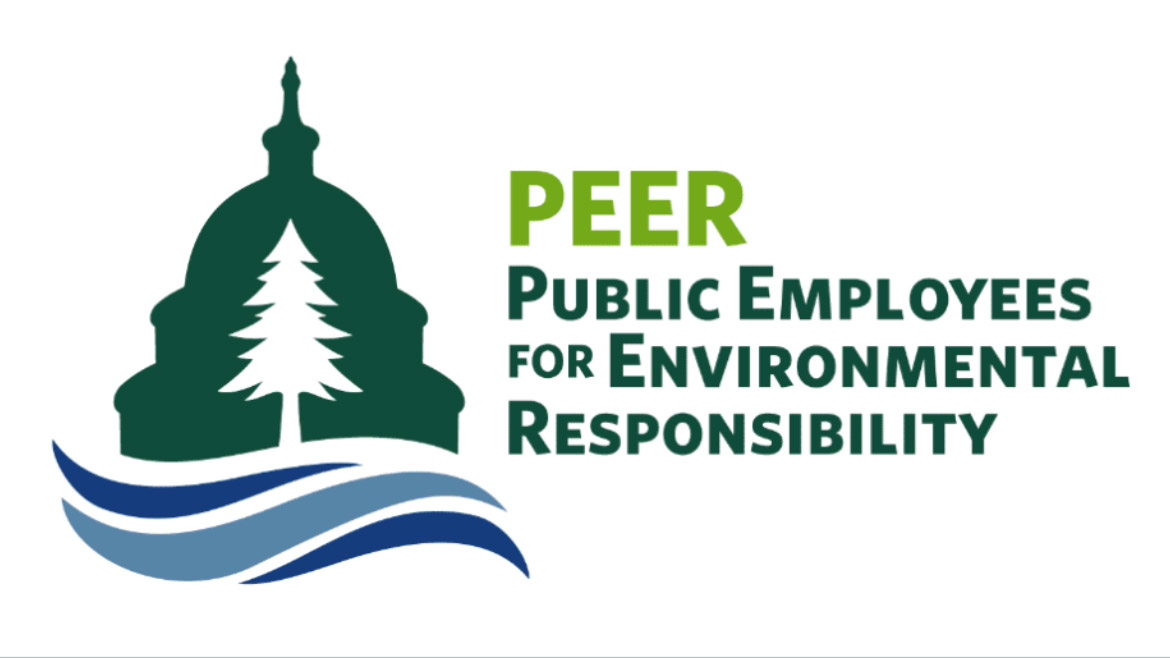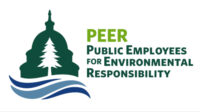PEER: Scientific basis for EPA’s definition of PFAS still missing
Public Employees for Environmental Responsibility say Europe and Canada embrace inclusive PFAS definitions while U.S. dithers.

After months of litigation, the U.S. Environmental Protection Agency has yet to produce any documents revealing the scientific basis for the “working definition” the agency currently uses for regulatory purposes, according to Public Employees for Environmental Responsibility (PEER). This working definition is far narrower than those being adopted by other countries, states, or even used by other branches of EPA.
In June 2021, EPA unveiled a new “working definition” for per- and polyfluoroalkyl substances (PFAS) that differed markedly from definitions used by other entities. At the time, EPA offered no scientific explanation or justification for this new definition.
In October of that year, PEER submitted a Freedom of Information Act (FOIA) request for documents that would shed light on the scientific antecedents of this new definition – a definition which would leave thousands of PFAS unregulated.
EPA ultimately produced approximately 2,500 pages of documents that did not answer the question. By June 2022, when it became clear that the agency would not voluntarily produce any meaningful response, PEER filed suit under FOIA demanding complete production. In the ensuing months, the EPA attempts to evade production have only grown more convoluted.
“While it would seem that EPA’s working definition suddenly appeared out of thin air, we suspect it actually sprung from a chemical industry lobbyist’s pen and the agency is too embarrassed to admit it,” stated PEER Science Policy Director Kyla Bennett, a scientist and attorney formerly with EPA. “The PFAS definition EPA uses to frame regulation is not only of profound public health concern, it has multi-billion-dollar consequences for industry.”
EPA’s current working definition leaves many toxic and persistent PFAS beyond federal control.
It stands in stark contrast with the far more inclusive definitions moving toward adoption in the European Union to ban 10,000 PFAS variations and in Canada to regulate PFAS as a class. It is also substantially narrower than the definition EPA uses for research purposes and non-regulatory estimates.
EPA’s slowness to act has prompted several states to take their own regulatory actions on PFAS. Strikingly, none of those state definitions are as narrow as the one now being used by EPA.
The U.S. EPA’s decision to approach PFAS on a chemical-by-chemical basis also does not address the fact that many PFAS can degrade into terminal end products that are themselves PFAS.
“EPA’s current posture on PFAS regulation is both inexplicable and irresponsible,” added Bennett, noting in the ongoing FOIA litigation brought by PEER that EPA is running out of room for further evasive maneuvers. “EPA can run but cannot ultimately hide from the truth.”
Revisit PEER’s lawsuit seeking answers
Read convoluted non-explanations from EPA counsel
See insidious industry influence over EPA chemical regulation
Look at crippling public health effect of EPA’s narrow definition

